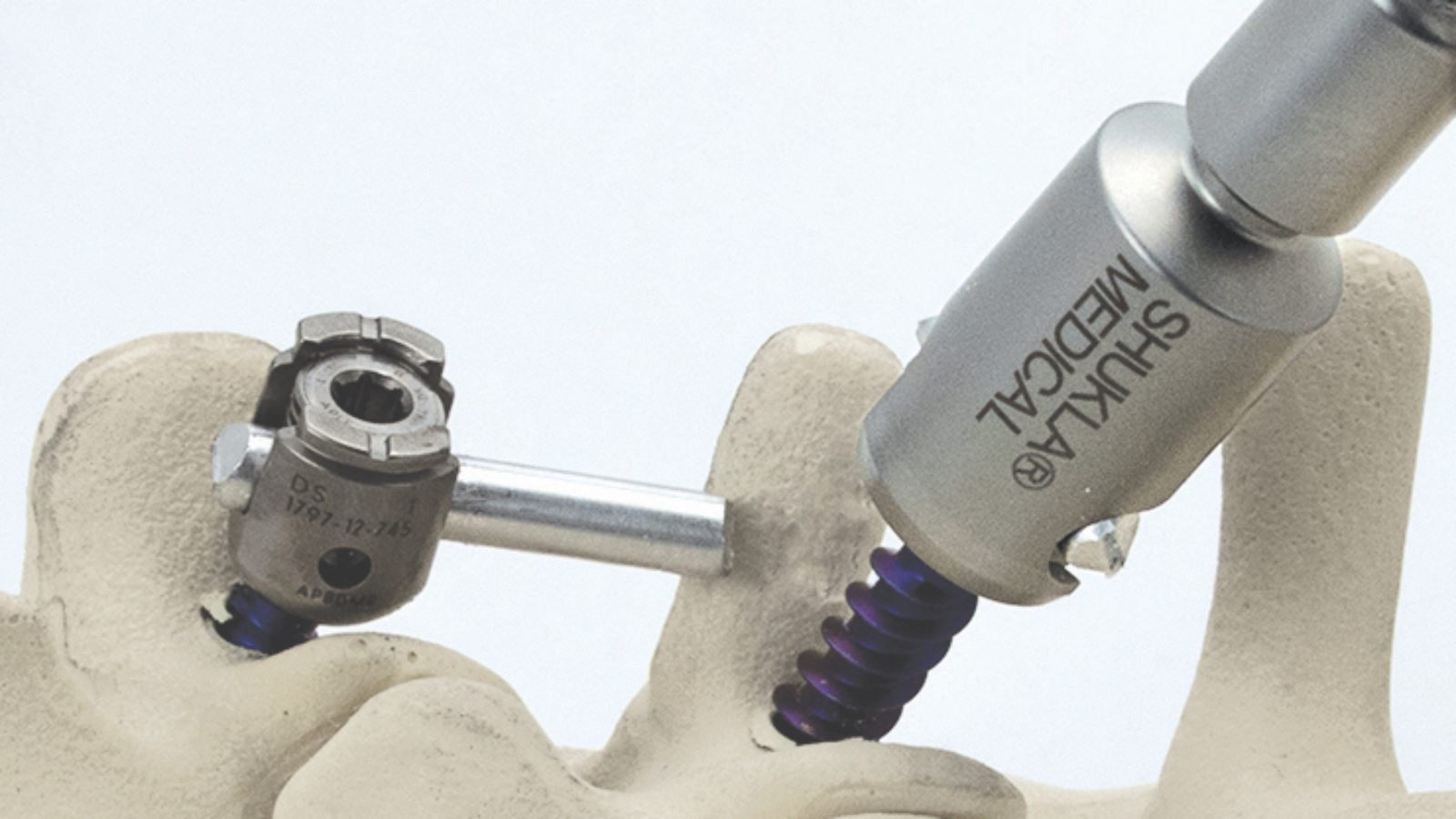Multi-award-winning 3D printer provider Markforged has announced that Shukla Medical, a surgical tool manufacturer, has used its Metal X system to 3D print surgical instrument prototypes, thereby cutting down the company’s yearly costs.
Using the 17-4PH Stainless Steel material with the Metal X, Shukla has been able to 3D print metal prototypes of its surgical tools that closely resemble the end product. Surgeons have therefore been able to gain practical experience and confidence in using the surgical tools before entering the operating room. Implementing the Metal X within its prototyping process has not only allowed Shukla to minimize time spent in the operating room, but also speed up the time-to-market for surgical tools compared to CNC machining, as well as increase safety and reduce recovery time for patients.
“The surgeon can envision using it in the actual incision, and can tell us if it feels the right way in their hands,” comments Zack Sweitzer, Product Development Manager at Shukla Medical.
“3D printing the prototype product helps our surgeons test the part in their hands before going into the operating room, so they already have the experience and confidence in the tool.”

Improving prototyping lead time with Markforged 3D printing
Shukla Medical, a subsidiary of aerospace manufacturer S.S. White Technologies, designs and manufactures universal medical instrument sets. The company focuses specifically on extraction tools for revision surgeries, which surrounds the implementation and removal of orthopedic implants on patients. An example of an orthopedic implant removal tool includes the company’s Xtract-All Spine Universal Spinal Implant Removal System.
Shukla’s tools feature time-saving features for surgeons in the operating room, like quick-connections and multiple extraction options. However, before the final parts can be manufactured, the products need to be prototyped and tested by orthopedic implant surgeons themselves, who are required to check for form and fit. The company previously relied on CNC machining to iterate its prototypes, however this proved a slow process, and prevented Shukla from quickly getting its product to market.
Initially, the company purchased a carbon fiber 3D printer from Markforged in 2017 to help speed up the time-to-market of its surgical tools using plastic prototypes. Although the purchase proved successful, engineers at Shukla wanted to manufacture metal prototypes of the extraction devices to make them as close as possible to the end products, to the benefit of the surgeons. The team therefore made the decision to invest in a Metal X system as well, which uses a process called Atomic Diffusion Additive Manufacturing (ADAM) to 3D print metal parts.
“Plastic prototypes are great for form and fit, but we can’t test them for functionality,” explained Adam Gosik-Wolfe, a Mechanical Engineer on the development team at Shukla Medical. “Handing surgeons an almost identical model of the tool they would use in the operating room has increased the value of customer feedback immensely.”
Manufacturing on Demand

Utilizing the 17-4 PH Stainless Steel material, Shukla Medical has been able to prototype its orthopedic removal tools in the same material as many of the final products. The Metal X has provided various advantages for the company over CNC machining as well, including a reduction in lead time for prototypes, and more design freedom, allowing for the production of tools with complicated shapes. CNC machining a metal prototype would take the company between 7 and 40 days to produce, whereas 3D printing the parts only requires an average of 2.7 days. “CNC machining takes a lot of preparation with needing to physically be there and set up the programs and CAM software,” Sweitzer states. “With 3D printers, you can just print and walk away.” Gosik-Wolfe adds:
“Compared to a traditional CNC, you can try more complicated shapes or take more design risks with the Metal X.”
Shukla now uses both the carbon fiber 3D printer and the Metal X system to prototype its surgical tools. Initial plastic prototypes are designed, printed and sent to surgeons for feedback, after which the company will use its Metal X to 3D print the final prototype for the surgeons to evaluate. Eventually, the company plans to combine both 3D printing and CNC machining to optimize the overall prototyping process.

The Metal X system
First announced in January 2017, Markforged’s Metal X system is an FFF-based 3D printer capable of printing in metal, thanks to its ADAM technology. The process uses polymeric material fused with metal powder to print the part, which is then washed to remove some of the plastic binder. This is then followed by a furnace sintering stage, where the metal powder fuses into a solid metal, resulting in the finished part.
As well as 17-4PH Stainless Steel, the Metal X is compatible with various other metal alloys, including A2 Tool Steel and D2 Tool Steel. Since shipping out to customers in April 2018, Markforged has also introduced H13 Tool Steel and Inconel 625 as compatible materials with the Metal X.
* This article is reprinted from 3D Printing Industry. If you are involved in infringement, please contact us to delete it.
Author: Anas Essop


Leave A Comment